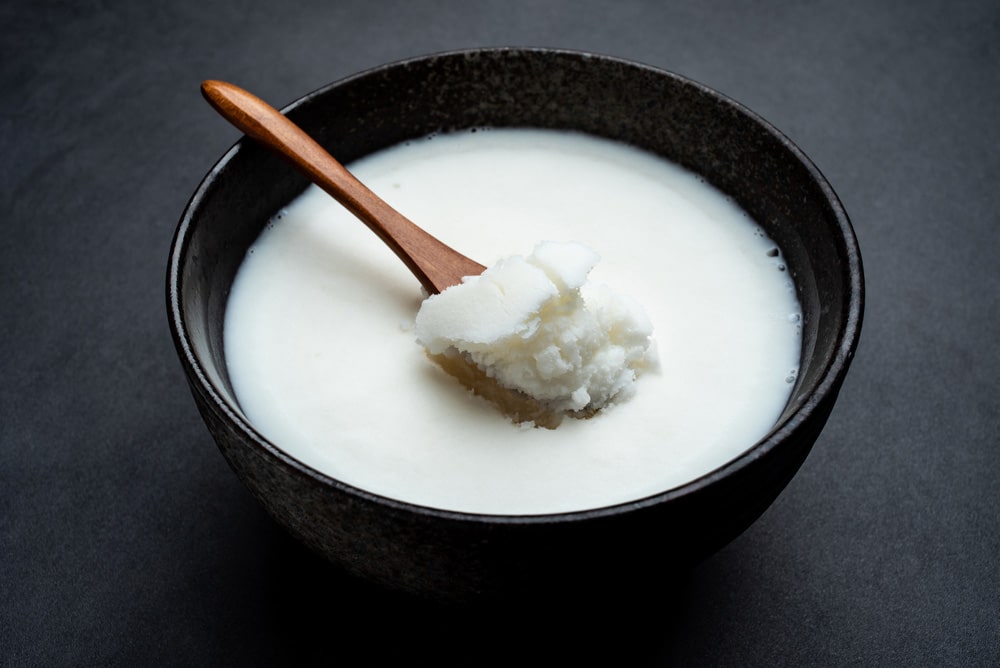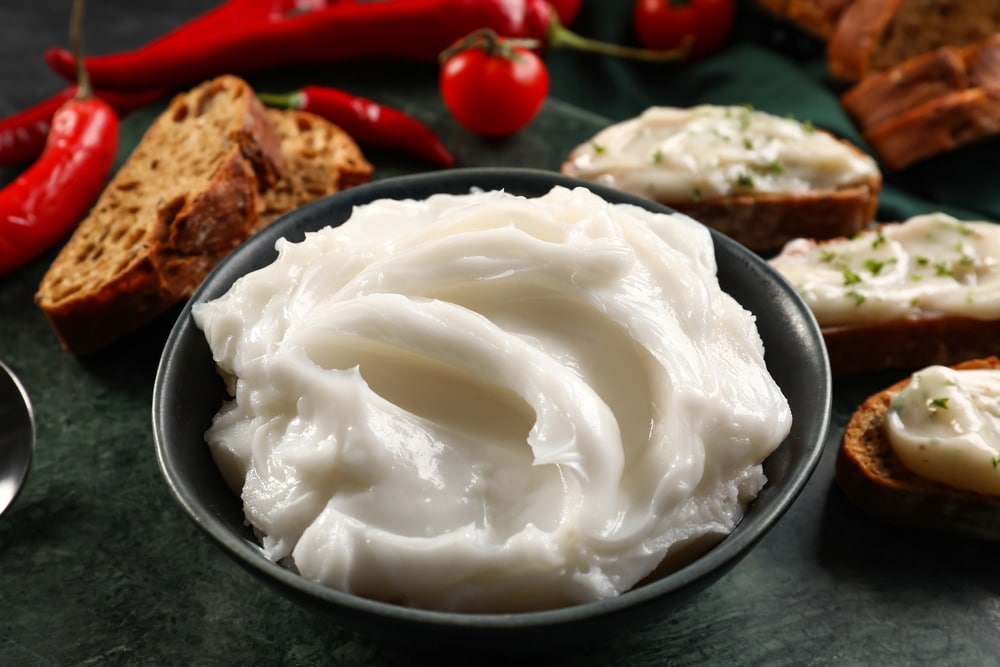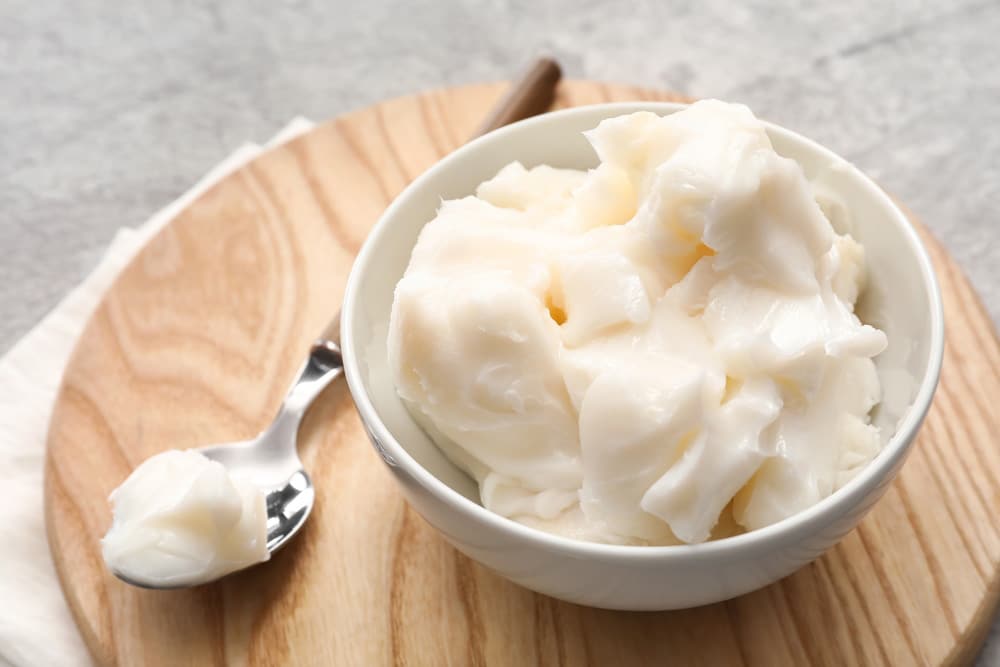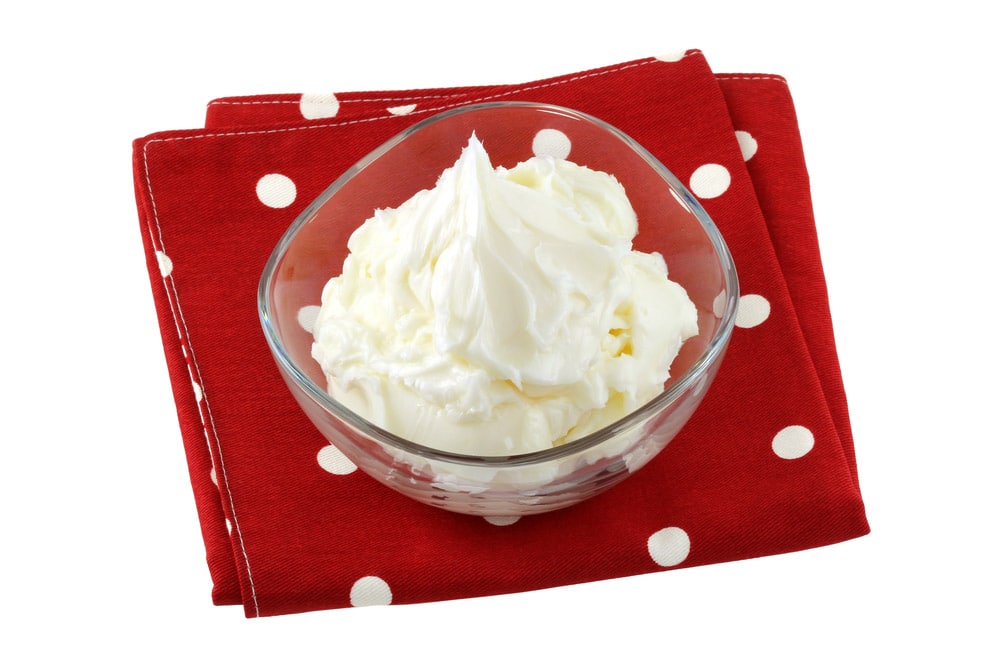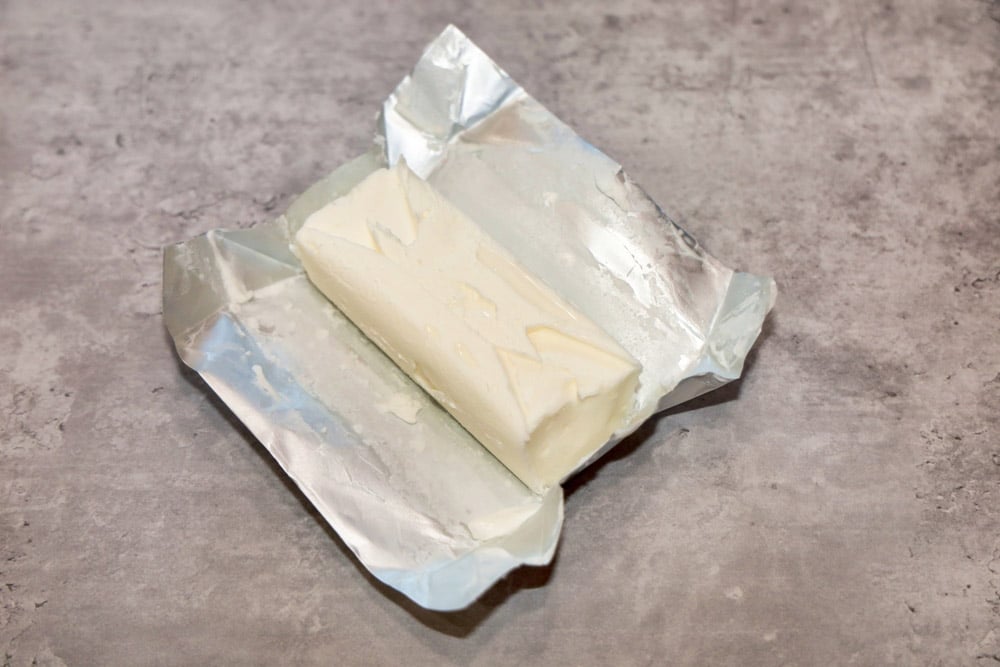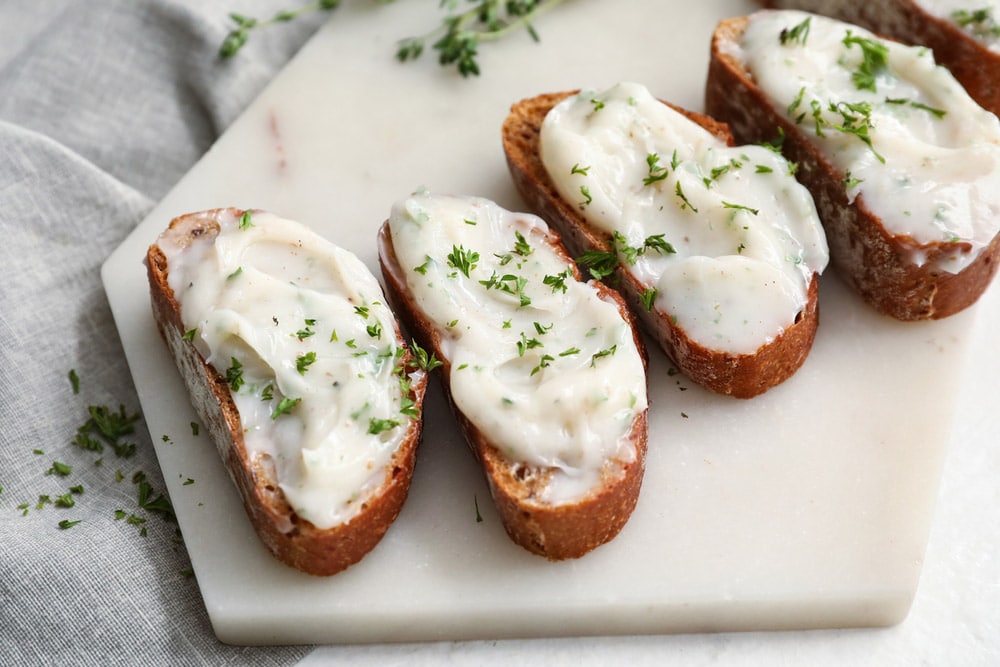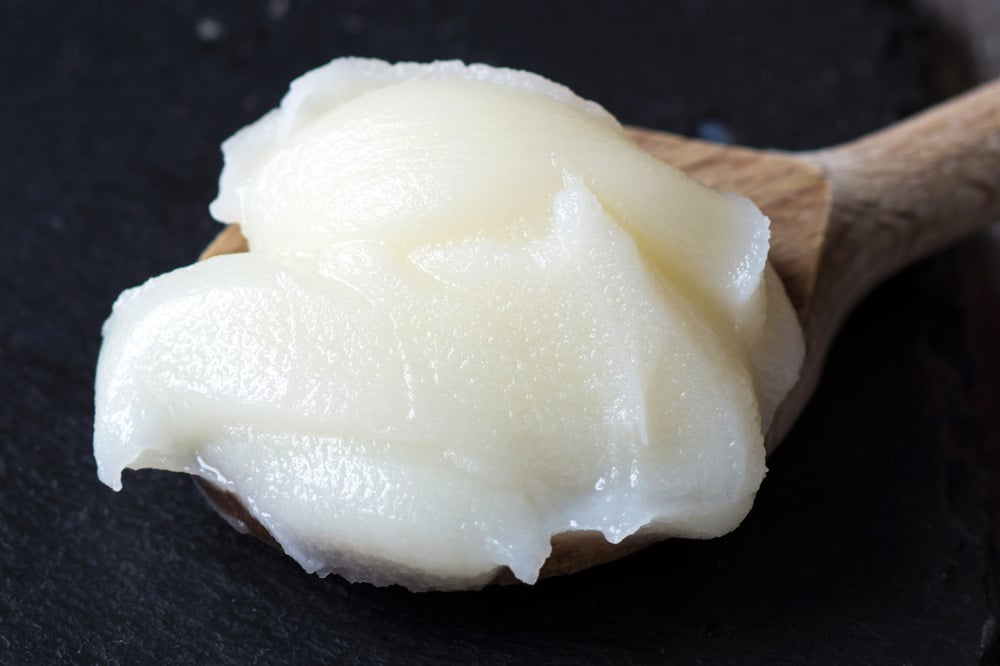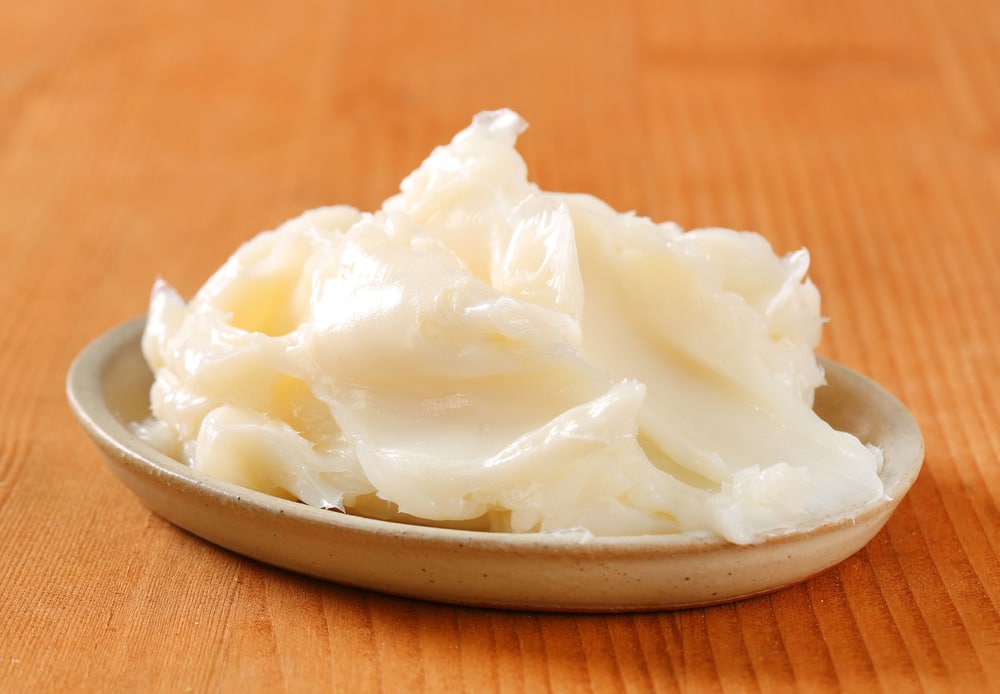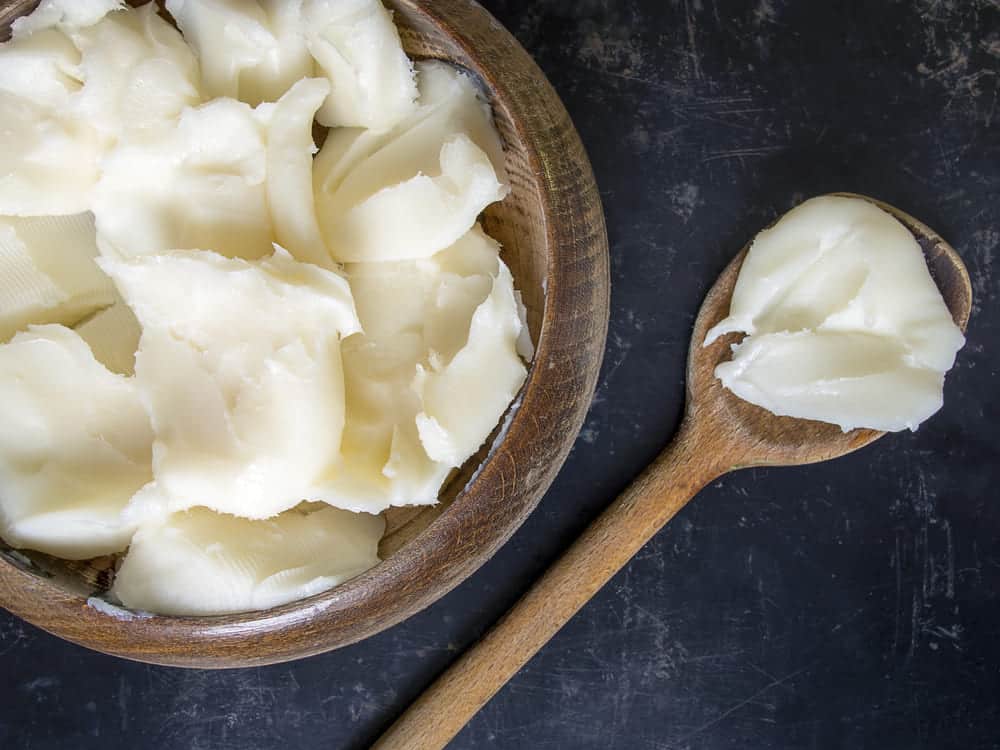
Baking can be one of the most joyful and relaxing activities at home. For example, the aroma of freshly baked cookies is unmatched, right?
But imagine not being able to bake because you are out of shortening. And who wants to go all the way to the store for just one ingredient if you may have a backup option in the pantry already?
For this reason, many people ask the question, “can you substitute lard for shortening?” We have all the answers for you in this article, so scroll down for yours, and get ready to bake.
Can You Substitute Lard for Shortening?
Yes, you can absolutely substitute lard for shortening, and it’s an acceptable choice for many recipes as well as using it to cook other foods in. However, do note that lard is an animal product, so this substitution option is not for vegetarians or vegans.
But we have additional information for certain dietary requirements below. So, keep reading, no matter your eating habits.
Lard vs Shortening
To begin with, lard is made out of pure animal fats while shortening is made from vegetable oil. Shortening is famous as a shelf-stable and affordable option, which is why you’ll find it used so often in recipes.
In this section, let’s look at the differences between lard and shortening so you can make an informed choice whether the substitution will work for your particular baking plans!
Lard
What is Lard?
To begin with, lard can be considered the elder sibling of butter. Lard is generally made from rendered or raw pig fat and is a very versatile ingredient.
Knowing more about it, you may realize there are many other areas of your cooking you may want to start using it, apart from substituting lard for shortening when baking. Yes, you can use lard for:
- Roasting
- Frying
- Baking
Therefore, consider if it’s what you need for pie crusts, cooking veggies and collard greens or making amazing cookies. One difference is that using lard for cakes can mean that they will be less rich in comparison to a cake made with shortening.
Depending on your preferences, this could be a benefit or a drawback? Generally, lard mentioned in recipes is the processed lard that is readily available in supermarkets. The meat fat is usually melted by a process of boiling or steaming.
Fats can also be melted through dry-rendering, which means it’s done without adding liquid. For the lard you buy at the store, after bleaching, preservatives and hydrogen are added for producing the perfect lard consumers love.
Characteristics of lard include:
- It does have a faint color and isn’t completely white
- It’s in solid form at room temperature
- As far as consistency is concerned, lard is available in semisolid and solid form
Types of Lard
Note that there are different types of lard you can obtain. Naturally processed lard tends to have an intense taste and odor. With proper processing, the lard will be flavorless, with no intense smell either.
Lard has various classifications, mostly according to animal fat:
- Generally, lard is made from pig fat
- You’ll also find products manufactured from goose or duck fat
- There are some with mixed fats
- Leaf fat (leaf lard) is readily available and used pretty commonly—it tends to have a delicate texture and very clean flavor
- Backfat is also on the market as a lard option
Shortening
What is Shortening?
Shortening is a term generally used for oils and fat, but note that when used in recipes, it often specifically refers to vegetable oil products. For manufacturing shortening, palm oil, cottonseed oil, or soybean oil are hydrogenated to ensure the semisolid texture is easily maintained.
Manufacturers add hydrogen to the common vegetable oils and during this process it’s transformed into saturated fats. Shortening is made of 100% fats.
However, it’s not the healthiest option out there since some shortenings are made from trans-fat—that means they’re artificial, unfortunately. As far as the flavor is concerned, shortening doesn’t have a very distinct flavor, although it’s made to mimic butter.
Especially when a type of shortening is made from high-quality vegetable oils, the taste and texture might be similar to butter’s.
However, in some cases, shortening might taste too greasy for baking. If you need an option for vegetarian or vegan cooking though, know that shortening is the more common choice, rather than lard.
Types of Shortening
Shortening is available in both liquid and solid forms. The solid shortening is available in cans or solid bricks, while the liquid shortening is available in jars. You may want to invest in different types, since they all have unique disadvantages.
For example, liquid shortening is great for frying. There are different forms of shortening on the modern market, and it is usually categorized according to the purpose of the specific product.
For instance, note the details on the packaging and you’ll see mentions of ‘cake shortening’ or ‘all-purpose shortening’. For best results, pick shortening that suits your specific recipe.
Lard vs Shortening When Cooking and Baking—Practical Examples
Despite the differences mentioned above, you can easily use lard, rather than shortening when baking and cooking. But they’re not exactly the same and these examples will give you a good idea of what to expect and how to plan your recipe around the substitution:
- As far as frying is concerned, lard works well when deep frying. Also, lard tends to spatter much less, which makes it a safer option as well. So, perhaps try out lard when the kids help you make fried foods?
- When it comes down to baking, lard and shortening work in a very similar way. They will both help produce those flaky layers you’re after!
- An intriguing factor is that lard is more flavorful and richer than shortening.
- It’s important to look at how recipes describe each ingredient or cooking method, to know whether lard will make a good substitute. For example, if the original recipe mentions melted shortening, instead of using lard, you may want to pick a different substitute already in its liquid form, such as vegetable oil.
- Lard doesn’t have loads of flavor that will spoil your sweet baked products, but it’s best used for savory items.
- Note that lard’s smoking and melting points are higher than shortening’s. Therefore, don’t get worried if you need to use a little more heat or wait longer for it to be ready for cooking food items in.
How Much Lard Should You Substitute for Shortening?
The descriptions above show you that both lard and shortening do have large amounts of fat in them, even though it’s different kinds of fat. For this reason, it’s safe to substitute an equal amount of lard for the amount of shortening mentioned in your recipe.
So, a ratio of 1:1 is acceptable. However, some experts will suggest using about two tablespoons less lard, for each cup of shortening the recipe requires. When making your calculations, a ratio of 1: ⅞ (shortening to lard) should suffice.
More Substitutes for Shortening
Can you substitute lard for shortening? Yes! But what if you realize that it’s not the best option, based on some of the information above. Perhaps you want a less rich alternative, or a vegan option? Here’s an extensive list of other products you can use as substitutes for shortening:
- Clarified butter, also known as ghee, is a good option for baked goods that will be extra yummy if the butter flavor comes through strong.
- In a ratio of 1:1 you can use butter rather than shortening.
- For vegan recipes, coconut oil works well as long as you enjoy the coconut flavoring it brings.
- In certain scenarios, bacon grease can be a substitute product to cook items in, but never for sweet products.
- Margarine works well, but add one additional tablespoon of it for every cup of shortening you would have used.
- Vegan butter is another winner for vegan cooking.
- Vegetable oil works well if you need a substitute for melted shortening. However, if you’re baking items that need to puff out a lot to have good texture, rather try something else, like lard.
The Bottom Line
The bottom line is that lard is an acceptable substitute for shortening in many recipes. The additional advantage of using lard is that it’s healthier because it’s made from natural fats rather than processed oil.
No trans-fats is good news for many people’s diets! You simply need to pick a quality lard product that is appropriate for the type of cooking you’re doing. For one thing, if you need a substitute for vegetable shortening, you need to go for plant-based lard.
So, next time you’re cooking, don’t get demotivated too quickly if you realize you don’t have all the ingredients on hand.
The answer to ‘can you substitute lard for shortening’ proves that if you simply apply some creativity in the kitchen, your dishes can turn out great no matter what’s in the pantry.
